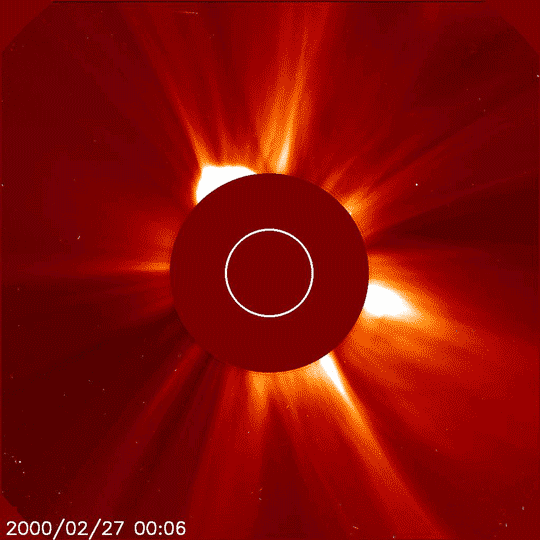
The September moon will be a great guide to finding the planet Jupiter in the night sky. Check out this NASA website for a photo of this beautiful double star: One is a hotter yellow star shining at magnitude 3.1 and the other is a cooler distinctly blue star of magnitude 5.1. When viewed with the naked eye, Albireo looks like one star but through a telescope it resolves into two separate stars. Deneb is the tail of the swan, five dimmer stars make up its outstretched wings, and the head of the swan is represented by the magnitude 3.0 double star Albireo. Altair (magnitude 0.8) is part of the constellation Aquila the eagle.Īs the sky darkens the dimmer stars of Cygnus will appear creating the outline of a swan soaring high across the sky. Draw an imaginary line from Vega and Deneb down toward the horizon to find Altair, the third star in the Summer Triangle. Higher than Vega and almost three fist-widths to its left is the slightly dimmer star Deneb (magnitude 1.3) part of the constellation Cygnus the swan. Look almost straight up but toward the west to find Vega (magnitude 0.03), the brightest of the three stars and part of the constellation Lyra the lyre.

Go outside in the evening just as the sky gets dark and face south.

The Summer Triangle is made up of three bright stars from three different constellations forming a large triangle in the sky and resembling the shape of a giant slice of pizza. An asterism is a group of stars that forms a shape in the sky but is not one of the official constellations. The Summer Triangle, an easy to locate asterism, is visible in the late August sky and throughout September.


 0 kommentar(er)
0 kommentar(er)
